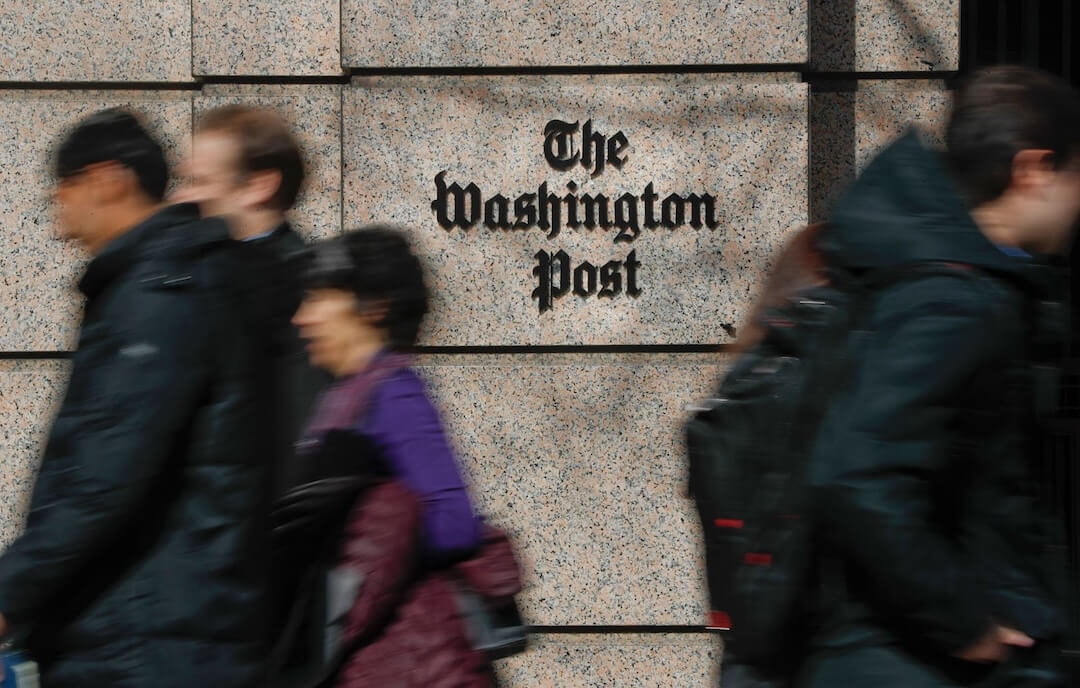On Friday, The New York Times Magazine announced the launch of a new weekly newsletter which will appear in the inboxes of subscribers every Thursday. For those counting at home, The New York Times now has more than 30 newsletters in its portfolio, which spans topics including cooking, lifestyles and parenting.
The Times has been expanding its roster of newsletters in recent months, said Dork Alahydoian, the paper’s executive director of product. The paper has launched more than a dozen within the last year, and newsletters now collectively rank among the top five sources for referral traffic, above Pinterest. The weekly newsletters have an average gross open rate of 50 percent, which outstrips the industry average for media and publishing by about 25 percent, according to a study by digital marketing technology company Silverpop.
The paper has set its sights on reader inboxes for a few reasons, Alahydoian said. Like other publications, the Times has identified newsletters as a powerful method to reach its readers where they are, rather than relying on them to visit the site at their leisure. Newsletters also present an early opportunity to engage with readers and entice them to subscribe to the paper’s content. And lastly, they allow the paper to divide its audience into various segments, providing discrete groups of readers with different varieties of content and distinct reasons to visit the nytimes.com
Within the last year, the paper has shifted its focus from newsletters driven by automatic feeds to ones curated by human journalists, Alahydoian said. The shift was prompted by a realization that emails derived from feeds were less popular with readers than ones informed by the input of the paper’s editors.
“People are looking to us for some of this editorial judgement and curation, trying to figure out what they should be reading and why,” he said.
The New York Times has tried a variety of tactics to increase the open rates and clickthrough rates for its newsletters, said Nicole Breskin, who is the paper’s product director for email. The Times tests out various versions, crunches data and polls readers to determine what they might be interested in reading and how they want to read it. A couple of general pieces of advice staffers have gleaned: Keep the subject lines short and adjust the formatting of the newsletter to fit the content it’s delivering. A more feature-y newsletter like NYT Cooking, for example, might be more successful with larger images, whereas a current events-focused newsletter like NYT Now is better suited to an easy-to-scan list of headlines and short blurbs.
Topics that users prefer are given more emphasis, even if those topics aren’t precisely aligned with the structure of the newsroom, Breskin said. The NYT Living newsletter, for example, pulls content from the Style, Travel, Food and Home sections and puts them all in one place.
“We’re thinking more and more about what users want,” Breskin said.
Correction: A previous version of this story linked to a report that compared unique newsletter open rates among various industries, citing an average open rate for the media and publishing sector of about 23 percent. The number cited by The New York Times is gross open rate, and the industry average for that metric is about 28 percent, according to a report from Silverpop.





